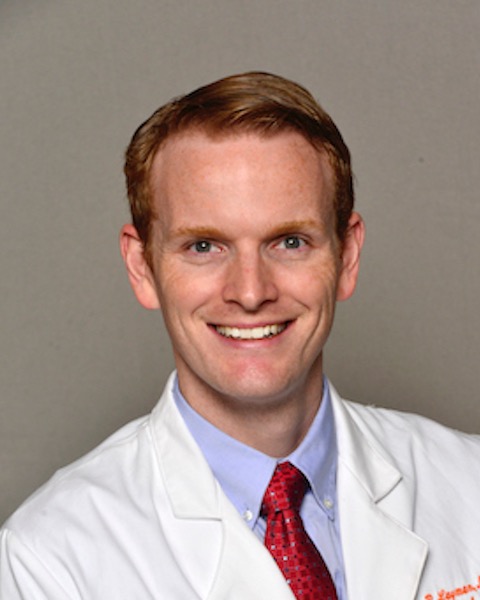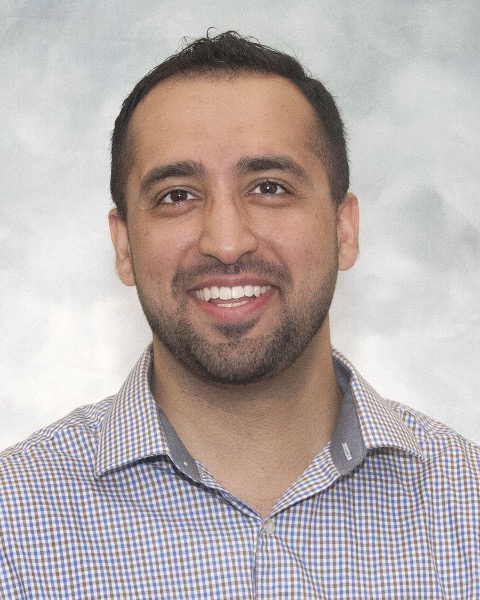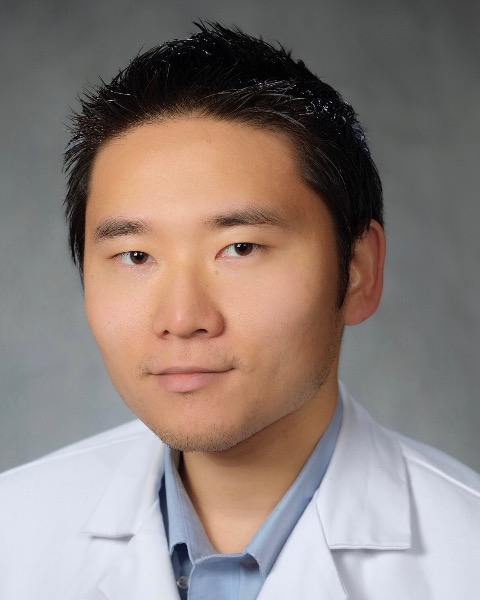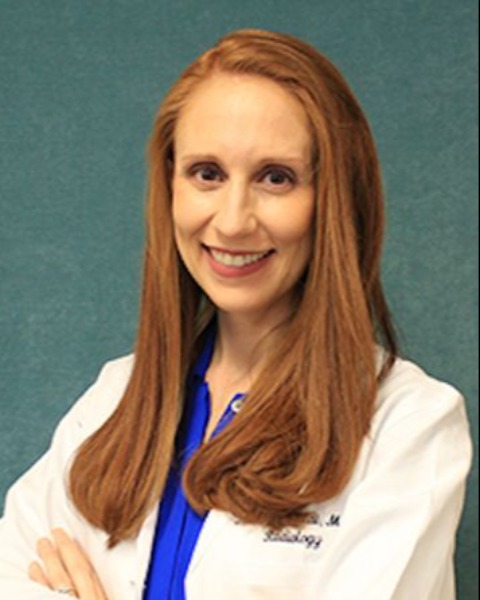Practice Development
Assigning Objective Value to Consultative Interventional Radiology

Douglas Layman, MD (he/him/his)
Resident Physician
UABDisclosure(s): No financial relationships to disclose

Junaid Raja, MD
Assistant Professor
University of Alabama Birmingham- WP
William Parkhurst, MD
Assistant Professor, Division of Interventional Radiology
University of Alabama at Birmingham 
Junjian Huang, MD
Assistant Professor
Emory University School of Medicine
Theresa Caridi, MD
Associate Professor
University of Alabama At Birmingham
Presenting Author(s)
Author/Co-author(s)
Materials and Methods:
Billing data for evaluation and management (E/M) services provided by IR from the first 3-month period of implementing a full consult and rounding service was compared to the first 3-month period of collecting E/M billing data approximately one year prior. The number and types of E/M services billed in each 3-month period were tabulated and categorized by billing under a physician or a physician assistant license. Additionally, statistics on not billed E/M by deficiency reason were also compared.
Results: The number of billed consultative and rounding E/M encounters increased from 514 prior to creation of the full consult service to 998 in the first three months after (1.94-fold increase). Additionally, the work RVU (wRVU) generated from these encounters increased 63.9% after implementation. Most of this increase was from the physician cohort that billed 310 encounters as a consult service versus 3 encounters in the reference period (103.3-fold increase; 12261% increase in wRVU). Additionally, the E/M share from low level complexity (levels 1 and 2) decreased by 12% compared to the reference 3-month period with 26.1% more moderate to high complexity E/M encounters after implementation and guidance on attestations required for billing. The E/M encounters that could not be billed due to inadequate or missing attestations (n=372, 40%) increased after consult service creation (previously n=32, 6%). One third of the billed E/M encounters for physicians were from consultancy (20% overall physician and PA encounters), previously 0% (0.6% overall encounters).
Conclusion:
The creation of a true consultative service is foremost an opportunity to provide better, more efficient, and more effective care. Additionally, there is a significant potential economic impact that a consultative and rounding service can offer, even when in it’s infancy.

.jpg)
.png)
.png)
.png)
.jpg)
.jpg)
.png)
.png)
.png)